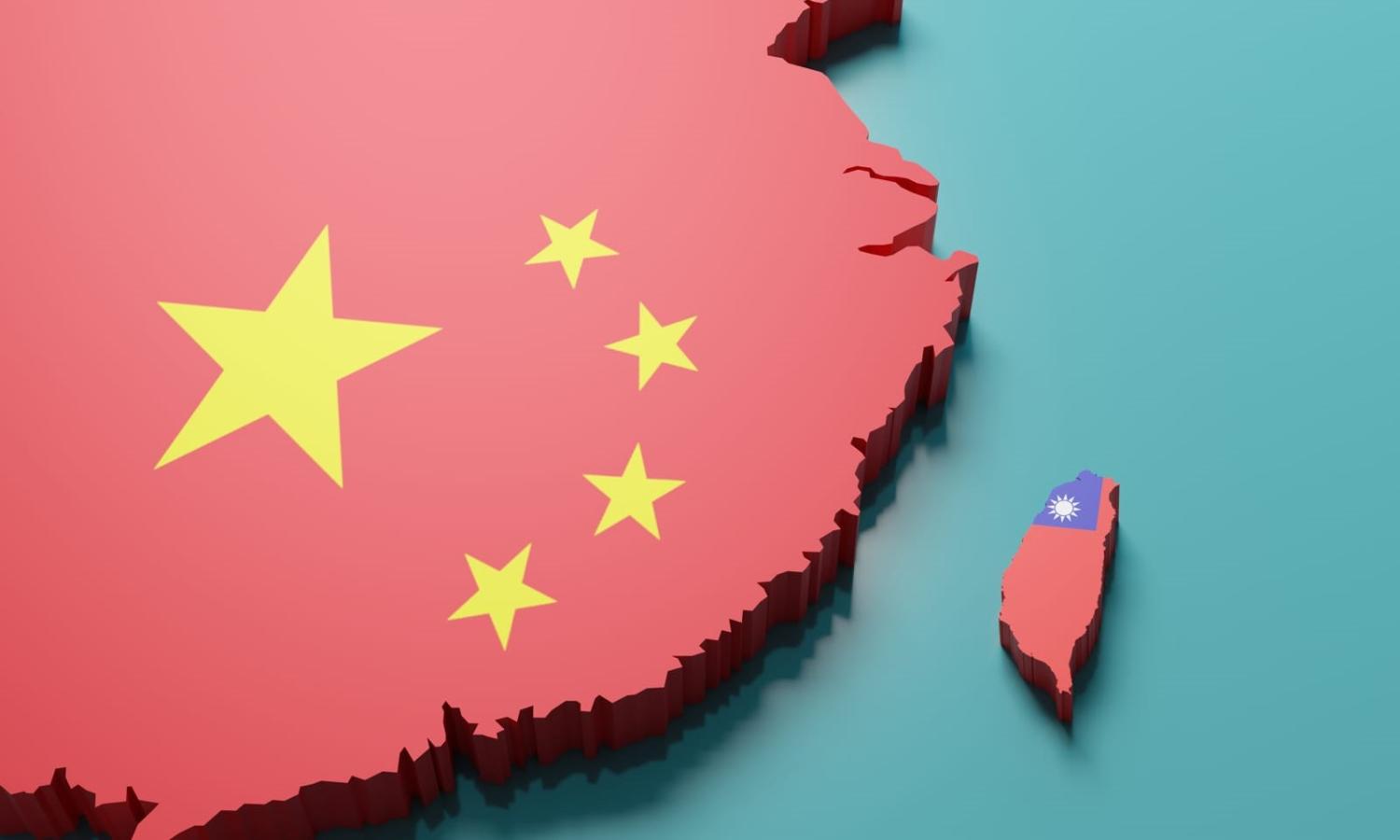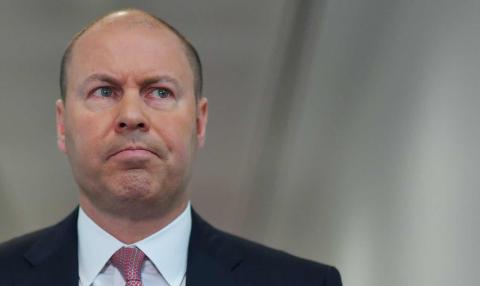Denny Roy’s recent article in The Interpreter provided a perceptive analysis arguing a full-scale China-Taiwan war was unlikely in the short term. Roy concluded that China has preferred to rely on grey-zone activities to achieve its strategic objectives over Taiwan. It’s a view that I agree with.
But although a hot war between China and Taiwan seems unlikely in the foreseeable future, that grey-zone conflict is set to escalate. Indeed, the evolution of Chinese grey-zone efforts indicates that tougher measures are increasingly coming to the fore.
During Tsai Ing-wen’s first term as president, China primarily engaged in non-military actions which in part define the grey-zone, including disinformation, economic coercion, and cyber-attacks, with military instruments playing a secondary role.
Despite Beijing’s disruptive efforts, Tsai secured a second term in January 2020 with a sweeping victory over the Beijing-friendly candidate, Han Kuo-yu. As such, China has stepped up its grey-zone operations against Taiwan.
During Tsai’s second term in office, while non-military measures have persisted, there has been a notable increase in the role of military activities, including repeated military incursions into Taiwan’s Air Defence Identification Zone (ADIZ) and a series of large-scale military exercises around the island, building Beijing’s repertoire of grey-zone tactics.
This trend is propelled by the persistent advocacy for independence by Taiwan’s ruling DPP, which is set to lead the country for the next four years. Three pivotal factors have driven and are likely to continue driving Beijing towards escalating its grey-zone activities against Taiwan.
Taipei’s refusal of the “1992 Consensus”
The first one is Tsai’s hardening stance towards the “1992 Consensus”, which declares that both sides of the Taiwan Strait belong to one China and will work together to realise national reunification.
During her inaugural speech in 2016, without mentioning the phrase “1992 Consensus,” Tsai stated that she comprehends and respects the “historical fact” that each side across the Strait arrived at various common acknowledgements and understandings in 1992.
Yet, moving away from this pragmatic and balanced approach, Tsai unequivocally rebuffed it in 2019. “I must emphasise that we have never accepted the ‘1992 Consensus,’” Tsai said in response to a speech by China’s President Xi Jinping. This firm stance has become a crucial factor in the escalation of China’s grey-zone activities against Taiwan.
Beijing’s grey-zone tactics proved ineffective in stopping the DPP candidate Lai Ching-te from prevailing the January election this year over the China-friendly Kuomintang candidate Hou Yu-ih. Like Tsai, Taiwan’s president-elect and incumbent vice president Lai rejects the “1992 Consensus” and pledges to defend Taiwan’s de facto independence from mainland China. Thus, Beijing, which labels Lai as a “troublemaker” and a “dangerous separatist”, continues to harbour deep distrust of the Taiwan government.

Taiwan’s security partnership with the United States
Taiwan’s increasing security ties with the United States has also contributed to China’s growing grey-zone actions. During the Trump administration, Washington approved substantial weapons sales to Taiwan, totalling approximately US$10 billion. These sales encompassed numerous advanced military assets, such as F-16 fighter aircraft, M1A2T Abrams tanks, and shoulder-fired Stinger air defence missiles.
Under the Biden administration, the United States has continued major arms sales to Taiwan. This has further heightened Beijing’s threat perception regarding a more independence-leaning Taiwan and increased the degree of grey-zone activities.
Despite Beijing’s repeated calls for an end to weapons sales with Taiwan, there is no indication to expect Washington to sever its defence ties with Taiwan, especially when Lai, who favours closer relations with the United States, is in office.
Taiwan’s non-official diplomacy
Beijing refuses to have diplomatic relations with that nations that establish official ties with Taiwan, which it considers inalienable part of its national territory. Therefore, Taiwan currently has just 12 diplomatic partners. Nevertheless, Taiwan’s engagement with the West has been on the rise through non-official diplomacy.
In 2021, Taiwan inaugurated a de facto “embassy” in Lithuania, defying Beijing’s strong opposition. This move symbolised the country’s first new diplomatic settlement in Europe in almost two decades. In August 2022, despite objections from Beijing, then-Speaker of the House of Representatives Nancy Pelosi made a historic visit to Taiwan, becoming the highest-ranking US official to visit to the island since 1997. Following suit, in March 2023, German Education Minister Bettina Stark-Watzinger embarked on a trip to Taiwan, the first of its kind in 26 years.
Taipei’s growing quasi-diplomatic interactions with the West heightens tensions with Beijing.
De-escalation in this volatile environment remains challenging as both sides cling firmly to their divergent positions. Indeed, last month, Beijing officially adopted tougher language against Taiwan, dropping the mention of “peaceful reunification” in a government document delivered by Premier Li Qiang.
The recent history of cross-Strait relations indicates that the longer pro-independence leaders remain in power, the more aggressive measures come to the fore within China’s grey-zone campaign. With Lai assuming office in May, the trajectory of grey-zone tactics can be expected to continue escalating unless he takes a step back from the pursuit of Taiwan independence.

